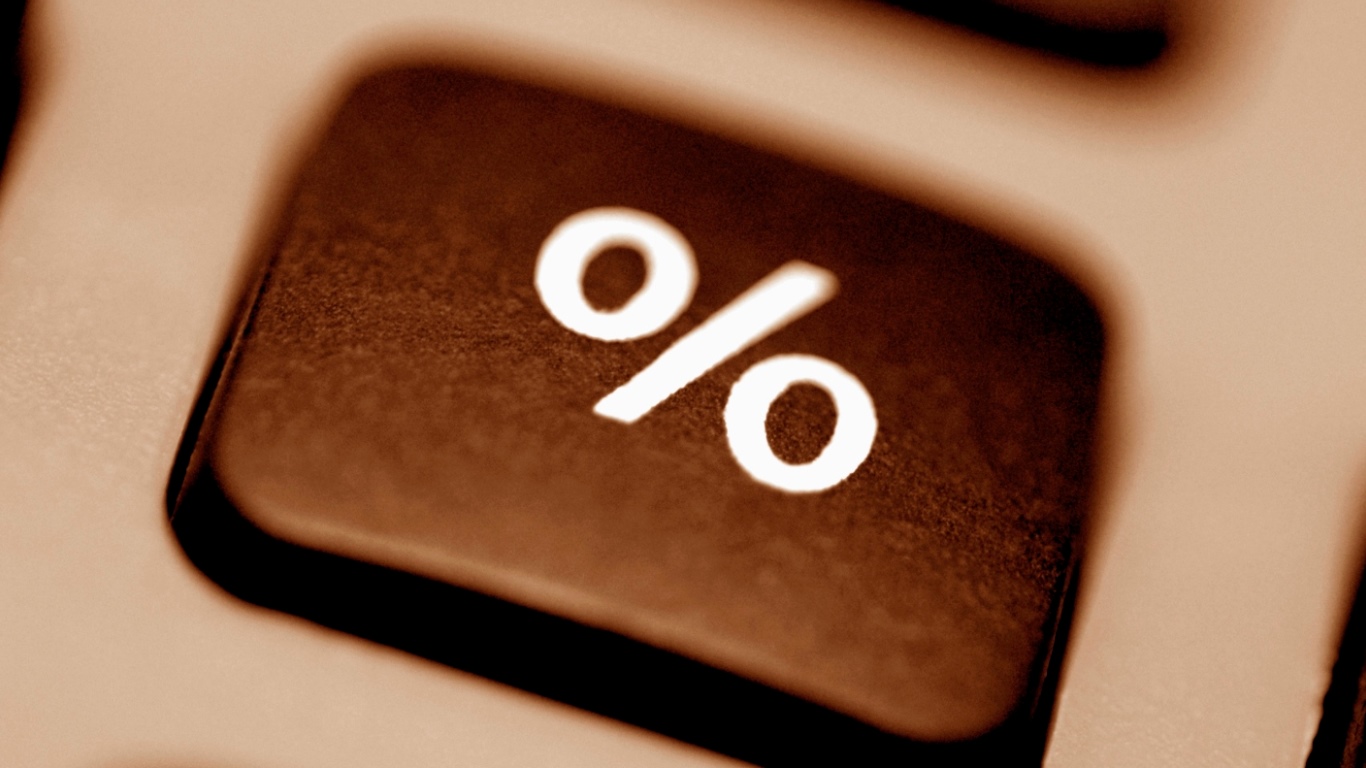Economy
Record-Low Treasury Yields: Coronavirus vs. Rate Cuts and Inverted Yield Curves

Published:
Last Updated:

The longstanding generalization is that bond traders know more about the economy than stock traders do. That is something that can be debated, of course. Another generalization is that an inverted Treasury yield curve, wherein longer-term yields are lower than short-term ones, is a signal of a recession ahead. That is also debatable. What’s not up for debate at the end of February 2020 is that long-term Treasury yields are at record lows that have never been seen before, and parts of the yield curve are also inverted.
With the coronavirus now in the United States in one person with an unknown cause (community-acquired), the markets are feeling panic, as the equity indexes are flirting with a formal correction. U.S. Treasury yields are down to 1.75% for the 30-year Treasury bond and are down to 1.26% for the 10-year Treasury note. The current range for federal funds is still 1.50% to 1.75%, but the yield on the two-year Treasury note is down to 1.07%. Even the five-year note is down at 1.07%.
What the market now is signaling is that the Federal Reserve, which seemed to want to keep interest rates flat even last week, is now finding itself pinned into a corner where the only choice is to cut interest rates much faster than expected. At the start of 2020, the climate was set up for the markets to expect very little change in interest rates this year. That was then.
The CME FedWatch Tool also was not really looking for more than one interest rate cut in 2020 at the start of this year. That’s also now history. As of Thursday morning, there was a 72% chance that the Federal Open Market Committee (FOMC) would lower the fed funds rate to a 1.25% to 1.50% range at the March 18 meeting. There also was 58.5% odds of a fed funds range being just 1.00% to 1.25% at the April 29 FOMC meeting.
To complicate matters further, there was a 33.5% chance that fed funds would be in a 1.00% to 1.25% range at the July 20 FOMC meeting, but an even larger 39.5% chance that the range would be 0.75% to 1.00%.
Calling the yield curve inverted can be tricky. It has become less than uncommon for the short T-Bills to have higher yields than the two-year and five-year Treasury notes. The real economic risks occur when the 10-year Treasury yield is lower than the short-term and intermediate-term rates AND when it is a magnified inversion.
The odds of a recession are obviously rising as the global economy keeps slowing, but one saving grace is that this was not the case prior to January 17, when the news of the explosion of coronavirus cases was coming out of China. That was just barely a week after the U.S./China phase-one trade deal had been signed. Trade and global gross domestic product were supposed to be picking back up with the end of so many tit-for-tat tariff announcements coming to an end.
It has become rather easy to expect that the Federal Reserve is behind the curve. President Donald Trump routinely calls out Federal Reserve Chair Jerome Powell for keeping interest rates too high on the short end of the curve. Perhaps the biggest question to ask now is what exactly cutting interest rates would accomplish.
If the Fed wants to add stimulus to the economy, it’s a hard task if people are scared of a virus and will not leave home. Shut-in economies involve less travel, less spending in bars and restaurants, lower consumer spending, and on and on. That’s when business activity grinds lower. Perhaps the CME should create an economic tool to measure the odds of whether the government will just start writing checks out to pay airlines, hotels, restaurants and retailers when the economy dips to keep them from being closer to closing up shop.
Are you ready for retirement? Planning for retirement can be overwhelming, that’s why it could be a good idea to speak to a fiduciary financial advisor about your goals today.
Start by taking this retirement quiz right here from SmartAsset that will match you with up to 3 financial advisors that serve your area and beyond in 5 minutes. Smart Asset is now matching over 50,000 people a month.
Click here now to get started.
Thank you for reading! Have some feedback for us?
Contact the 24/7 Wall St. editorial team.